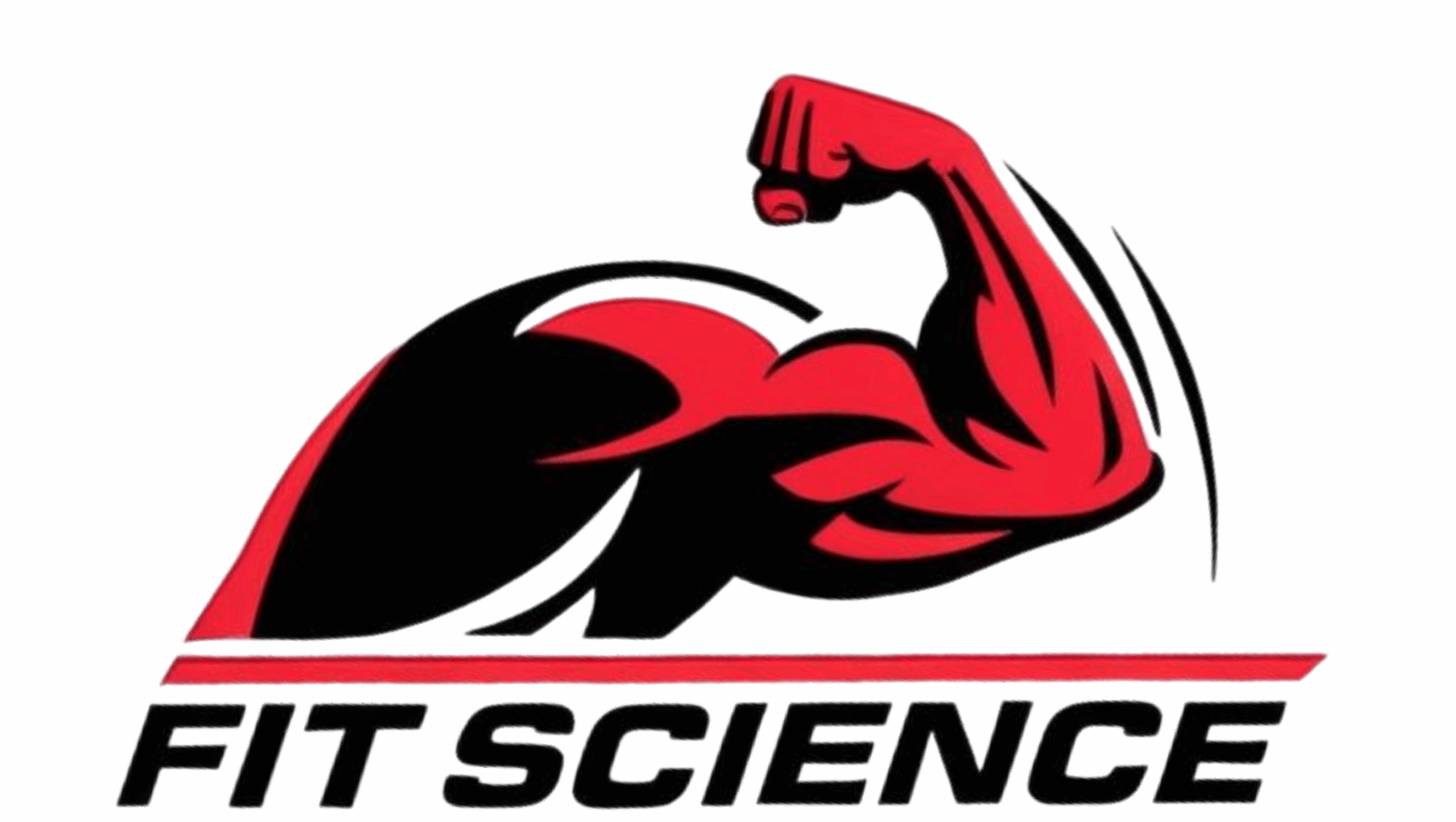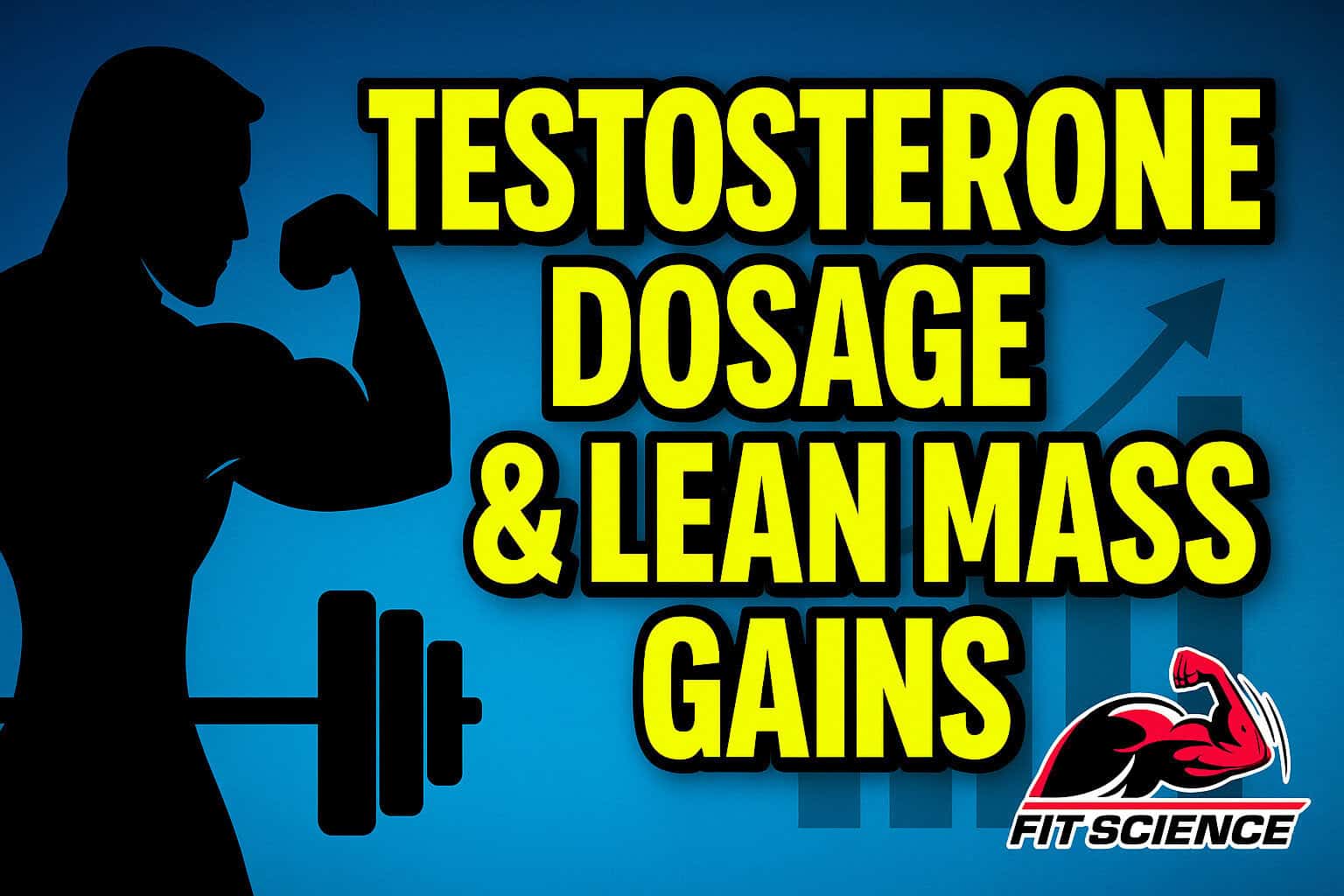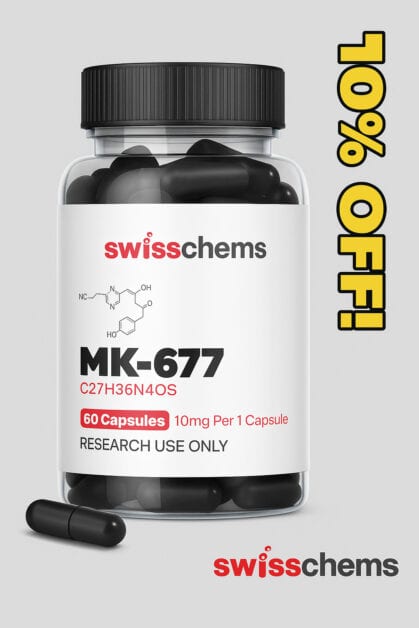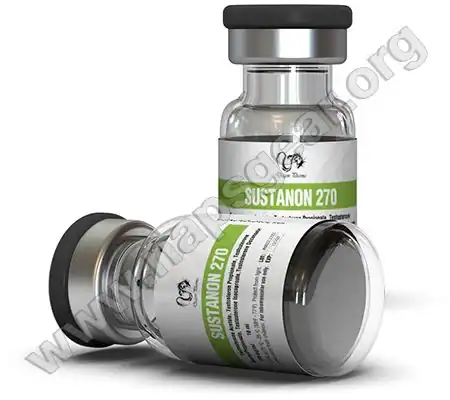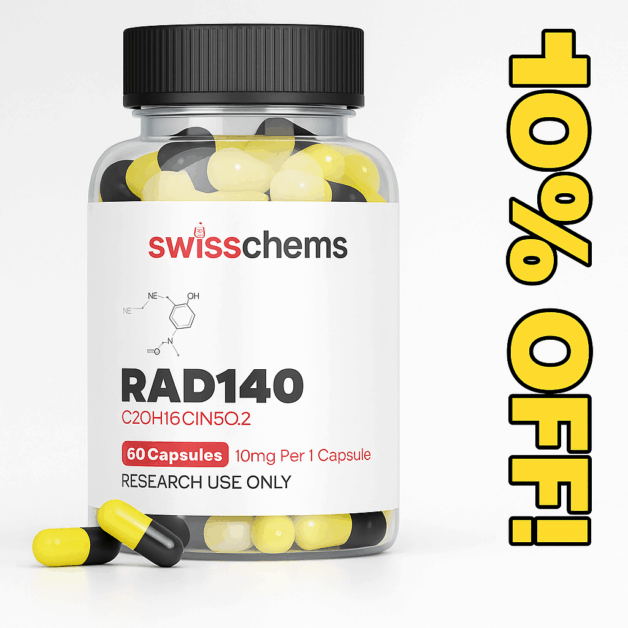What “lean mass” gains really reflect
When you see “+X lbs of lean mass,” realize most body-composition methods (DEXA, BIA, hydrostatic) count all non-fat tissue—that includes muscle fibers, water, glycogen, connective tissue, and organ mass. Early in an intervention, a sizable fraction of “lean mass” gain is intramuscular water and glycogen, especially when androgens increase training volume and carbohydrate storage. Over longer windows (≥10–12 weeks), a greater share tends to be true myofibrillar accretion, but water and glycogen remain contributors.
Mechanism—why testosterone builds muscle
-
Androgen receptor (AR) activation: Testosterone–AR complexes translocate to the nucleus and up-regulate genes involved in myofibrillar protein synthesis.
-
Satellite cells & myonuclei: Androgens enhance satellite-cell activation and fusion, increasing myonuclear number and capacity for long-term hypertrophy.
-
IGF-1 & mTOR signaling: Androgens amplify IGF-1 expression in muscle and sensitize the mTOR pathway to training/nutrition, raising muscle protein synthesis (MPS).
-
Anti-catabolic effects: Reduced myostatin signaling and lower glucocorticoid activity contribute to net positive nitrogen balance.
-
Training synergy: Resistance training provides the mechanical signal; testosterone heightens the MPS response amplitude and duration to that signal.
Esters, half-lives, and what “mg per week” really means
“Testosterone” in practice is an esterified form dissolved in oil. The ester changes release rate, not intrinsic potency.
Common injectables (approximate values):
-
Propionate (TP): ~2-day half-life; ~80–83% testosterone by weight; frequent injections yield smoother peaks.
-
Enanthate (TE): ~4–5-day half-life; ~70–72% testosterone by weight; widely used in studies.
-
Cypionate (TC): ~4–6-day half-life; ~68–70% testosterone by weight; similar to TE in practice.
-
Undecanoate (TU, depot): ~20–34-day half-life (formulation-dependent); ~60–63% testosterone by weight; longest dosing interval.
Key point: For a given label dose (mg/week), a shorter ester delivers a slightly higher fraction of free testosterone per milligram, but the area under the curve over time can be made similar by adjusting total weekly milligrams and injection frequency. In real-world practice, enanthate and cypionate behave so similarly that training, diet, and total weekly exposure dominate outcomes.
What controlled research suggests about the dose–response
Clinical and sports-science trials that suppressed endogenous T and administered graded doses of testosterone enanthate (with or without training) consistently show dose-dependent increases in fat-free mass and strength across ~10 weeks:
-
Physiologic–low supraphysiologic range (100–300 mg/week): small–moderate gains; strength up, modest fat loss.
-
Moderate supraphysiologic (≈300–600 mg/week): clear, robust increases in fat-free mass and strength; visually obvious changes in trained subjects.
-
Very high doses (>600 mg/week): continued gains, but diminishing returns per additional mg and exponentially rising risk (hematocrit, lipids, BP, mood, endocrine suppression).
Remember: even in controlled settings, part of the lean-mass uptick is water/glycogen; the most durable component is the training-driven myofibrillar accrual that androgens potentiate.
What lifters report anecdotally
Across forums and communities (summarized qualitatively):
-
Lower ranges (100–200 mg/week) in eugonadal lifters yield modest changes beyond solid training/nutrition—improved recovery, small recomposition, better gym performance.
-
Mid ranges (300–600 mg/week) often correspond to noticeable physique changes in ~8–12 weeks when paired with progressive overload and adequate protein (e.g., +5–15 lb “lean mass,” of which a portion is water/glycogen).
-
Very high ranges (≥750 mg/week) are described as potent but cost-heavy: more size/strength, but markedly worse hematocrit, HDL↓ / LDL↑, acne, BP, edema, sleep, mood swings, and higher estrogen-related issues (aromatization), alongside stronger HPTA suppression.
These are anecdotes, not prescriptions; individual response varies widely.
Reference table: dosage bands vs. typical outcomes (educational summary)
Not medical advice. Non-prescribed use is illegal/unsafe. Numbers below combine patterns seen in peer-reviewed, graded-dose research (10–20 weeks) and aggregated community anecdotes in trained lifters. “Lean mass” includes water/glycogen; durable muscle gain is a subset.
| Weekly Testosterone (mg) | Typical Esters | Pharmacology Notes | Lean-Mass Trend (10–12 wks) | Strength/Performance | Commonly Reported Effects/Risks (increase with dose) |
|---|---|---|---|---|---|
| 100 | TE/TC | Near/just above physiologic for many; steady serum with 1–2 injections/wk | Minimal–modest (+0–3 lb)** | Small uptick in recovery, work capacity | Mild HPTA suppression (if eugonadal), minimal lipid shift; aromatization usually manageable |
| 200 | TE/TC | Mild supraphysiologic exposure | Modest (+2–5 lb)** | Noticeable recovery boost; some strength gain | E2-related water/edema in some; small HDL↓ / LDL↑; hematocrit creeps up in responsive users |
| 300 | TE/TC | Clear supraphysiologic | Moderate (+4–8 lb)** | Strength and training volume increase appreciably | More aromatization; acne/oily skin; RBC/HCT rising; BP may trend upward |
| 400–500 | TE/TC | Common “performance” band | Moderate–robust (+6–12 lb)** | Strong strength gains; high training tolerance | HDL suppression more evident; hematocrit often >50%; gynecomastia risk in predisposed |
| 600 | TE/TC | Upper bound of many trials | Robust (+8–15 lb)** | Marked strength increase; rapid recovery | Risks escalate: HCT >52% in many, HDL tanks, BP↑, mood swings; near-complete gonadal suppression |
| 750–1000 | TE/TC/TP | High supraphysiologic | High but diminishing returns (+10–18 lb)** | Further strength gains; plateau risk without advanced programming | Adverse profile sharpens: significant lipid derangement, edema, sleep disruption, higher E2 management needs |
| 1250–1500 | TE/TC/TP | Very high; sparse clinical data | Variable (+12–20 lb)**; more water/glycogen contribution | Strength can rise if recovery/nutrition scale | High-risk zone: HCT frequently needs active management; BP, lipids, cardiac strain, psychological side effects, fertility risk |
Notes:
-
Ranges assume trained lifters, high-quality resistance programming, 1.6–2.2 g/kg/day protein, sufficient calories, and adequate sleep.
-
TP (propionate) may feel “tighter” (less water swings) for some due to steadier serum with frequent micro-dosing; outcomes converge when total weekly exposure and training are matched.
-
“Lean mass” gains include water/glycogen; the proportion of true muscle increases with program length and post-cycle retention is lower than on-cycle scale weight.
Beyond the milligrams: why some lifters gain more on the same dose
-
Training quality: Mesocycles with planned progressive overload, appropriate volume landmarks (MEV→MRV), and intensity distribution dramatically modulate results.
-
Protein & carbs: Sufficient protein and intra/post-workout carbohydrate maximize the MPS response and glycogen/water storage (which raises total lean mass in the short term).
-
Sleep & stress: Androgens can’t overcome poor sleep; inadequate sleep blunts MPS and elevates cortisol.
-
Genetics & AR density: Inter-individual variability in AR expression and downstream signaling leads to different growth responses at identical serum concentrations.
-
Serum E2 balance: Excess aromatization → edema, BP rise, poor sleep; too little E2 → joint issues, impaired lipids. Either extreme can limit productive progression.
Health risks scale faster than the gains
-
Hematology: Erythrocytosis (hematocrit/hemoglobin ↑) raises blood viscosity and cardiovascular risk; the risk climbs markedly ≥400–600 mg/week.
-
Lipids: HDL typically falls; LDL rises with dose; the effect is additive with poor diet and synergistic with other AAS.
-
Blood pressure & edema: Androgen- and estrogen-mediated fluid shifts can elevate BP.
-
Endocrine suppression: Exogenous T suppresses LH/FSH, causing testicular atrophy and infertility while on—and potentially afterward.
-
Neuropsych: Mood lability, irritability, sleep disturbance can worsen with higher peaks.
-
Prostate & breast tissue: Androgen and estrogen signaling affect prostate volume and gynecomastia risk in predisposed individuals.
-
Liver: Injectable testosterone is not 17-α-alkylated, so direct hepatotoxicity is low; lipids/BP are the larger cardiometabolic concern.
Interpreting “wins” vs. “costs” across the range
-
100–300 mg/week: Often described as “performance-supportive” in trained individuals—modest, sustainable changes with comparatively milder risk signals (still not risk-free).
-
300–600 mg/week: Where most of the return happens for many; beyond this, each extra mg buys less muscle but more side effects per mg.
-
≥750 mg/week: Gains can continue—especially in advanced trainees with high training density—but risk rises non-linearly (hematocrit, lipids, BP).
-
≥1250 mg/week: Evidence becomes sparse; anecdotal reports highlight management-heavy cycles and frequent adverse markers.
Practical science takeaways (education, not advice)
-
Dose–response is real but curved: the slope flattens as you climb; risks don’t.
-
Ester choice changes the kinetics, not the ceiling—weekly exposure and training quality dominate.
-
Lean mass ≠ pure muscle: expect a meaningful water/glycogen component, especially early.
-
The biggest gains per mg typically come from the 300–600 mg/week window in trained lifters with excellent programming and nutrition; beyond that, the curve bends.
-
Health monitoring is non-negotiable: hematology, lipids, BP, endocrine labs—under medical supervision.
If your goal is lean mass with the least collateral:
-
Optimize training first: periodized hypertrophy blocks (8–12 weeks), evidence-based volume, proximity to failure, and progressive overload.
-
Nail nutrition: adequate protein (1.6–2.2 g/kg/day), sufficient carbs, creatine monohydrate, and consistent energy intake.
-
Prioritize sleep: 7.5–9 hours; sleep is a bigger “anabolic lever” than most appreciate.
-
If on medically-supervised TRT for deficiency: resistance training + nutrition + sleep can deliver meaningful lean-mass improvements even at physiologic replacement.
Final word
From a pharmacology lens, testosterone is a powerful modulator of MPS, training tolerance, and body composition. The largest safe-ish improvements emerge when dose, training, and health management are balanced—and when expectations about what “lean mass” actually means are grounded in physiology. Above moderate supraphysiologic levels, returns flatten while risk rises steeply. Any decision involving testosterone should be made with a physician, within the law, and with regular clinical monitoring.
